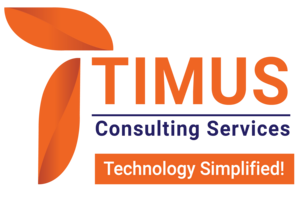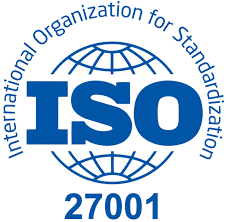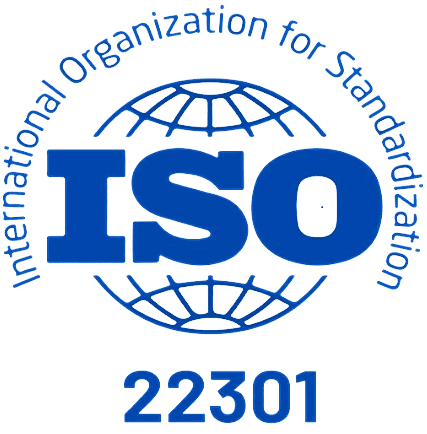Testing is one of the most essential yet often overlooked phases in Android development. Whether you’re building a simple to-do app or a full-fledged e-commerce platform, ensuring your application works as expected under all conditions is non-negotiable. In this blog, we’ll dive into the core Android testing strategies, explore real-world use cases, and understand how to build a robust, scalable testing pipeline – all without getting buried in jargon.
Why Android Testing Matters ?
Think of testing like insurance for your code. You might never need it… until you do. A minor change in one feature can break something miles away in your app. Manual testing is time-consuming and error-prone. Automated testing, on the other hand, ensures consistency, saves time, and builds developer confidence.
A well-tested app is:
- More stable
- Easier to maintain
- Faster to iterate
- Trusted by users
The Three Pillars of Android Testing
Android testing strategies revolve around three key types of tests:
1. Unit Testing:
Purpose: Test individual units of code like functions, classes, or business logic.
Tools: JUnit, Mockito, KotlinTest
class Calculator { fun add(a: Int, b: Int) = a + b } @Test fun addition_isCorrect() { val calculator = Calculator() assertEquals(5, calculator.add(2, 3)) }
Best Practices:
- Keep unit tests isolated (mock dependencies).
- Run them frequently—ideally during every commit.
- Write tests before code (TDD approach) to shape cleaner APIs.
2. Instrumentation Testing:
Purpose: Test actual Android components like Activity, Fragment, or UI flows.
Tools: Espresso, UI Automator
@Test fun loginButton_opensHomeScreen() { onView(withId(R.id.username)).perform(typeText("user")) onView(withId(R.id.password)).perform(typeText("pass"), closeSoftKeyboard()) onView(withId(R.id.login_button)).perform(click()) onView(withText("Welcome")).check(matches(isDisplayed())) }
Best Practices:
- Use mock servers or fake data layers to avoid hitting real APIs.
- Group UI tests into critical user journeys.
- Run these tests on emulators or real devices using CI tools.
3. Integration Testing:
Purpose: Verify that different modules or layers of your app work together correctly.
Tools: Combination of JUnit, MockK, Hilt, or even Robolectric
Example Scenario:
Imagine testing your Repository class that fetches data from both Room and a remote API. Integration testing ensures the flow works end-to-end.
@Test fun fetchUser_returnsCombinedResult() = runTest { val result = repository.getUser("123") assertEquals("John", result.name) }
Best Practices:
- Use test doubles for external dependencies.
- Structure your code to separate concerns (Clean Architecture helps here).
- Write these tests to cover critical flows and edge cases.
Choosing the Right Test Strategy: The Testing Pyramid
A widely accepted model is the testing pyramid, where:
- Unit Tests (base of the pyramid): Fast, numerous, easy to maintain.
- Integration Tests (middle): Fewer, more complex, ensure modules work together.
- UI Tests (top): Least in number but cover real user scenarios.
Why? Because unit tests are the fastest and cheapest to run, while UI tests are slow and fragile if overused.
Pro Tip: Aim for 70% unit tests, 20% integration, and 10% UI tests for a well-balanced suite.
Test-Driven Development (TDD) – Is It Worth It?
TDD may feel slow at first, but it can drastically reduce debugging time later. Writing tests before the implementation helps you think through logic, design cleaner interfaces, and stay focused on outcomes.
TDD Cycle:
- Write a failing test
- Write just enough code to pass
- Refactor for improvement
This cycle promotes modular, testable code from the get-go.
Mocking & Dependency Injection: The Unsung Heroes
Testing without mocks is like racing with weights on your legs. Mocking allows you to simulate responses from databases, APIs, or hardware. Popular tools include:
- Mockito
- MockK
- Fake implementations
Use Hilt, Koin, or Dagger for dependency injection to swap real implementations with test versions easily.
Automate with CI/CD Pipelines
Once your test suite grows, running them manually isn’t practical. Integrate testing into your CI pipeline using tools like:
- GitHub Actions
- Bitrise
- CircleCI
- Firebase Test Lab
Run unit tests on every commit and schedule UI tests on multiple devices overnight. This guarantees stability and helps catch regressions early.
Common Mistakes to Avoid
- Skipping tests during crunch time – You’ll pay the price later.
- Testing everything manually – Slows you down and misses edge cases.
- Over-relying on UI tests – They’re slow and flaky if not maintained well.
- Mocking too much – You might miss actual integration bugs.
Final Thoughts
Testing isn’t just about catching bugs—it’s about writing better code, faster releases, and happier users. By mastering Android testing strategies and integrating them into your workflow, you’re building apps that are not only functional but future-proof.
So start small. Add a unit test today. Automate tomorrow. And soon, testing won’t feel like a chore—it’ll be your secret weapon.
About us:
We are Timus Consulting Services, a fast-growing, premium Governance, Risk, and compliance (GRC) consulting firm, with a specialization in the GRC implementation, customization, and support.
Our team has consolidated experience of more than 15 years working with financial majors across the globe. Our team is comprised of experienced GRC and technology professionals that have an average of 10 years of experience. Our services include:
- GRC implementation, enhancement, customization, Development / Delivery
- GRC Training
- GRC maintenance, and Support
- GRC staff augmentation
Our team:
Our team (consultants in their previous roles) have worked on some of the major OpenPages projects for fortune 500 clients across the globe. Over the past year, we have experienced rapid growth and as of now we have a team of 15+ experienced and fully certified OpenPages consultants, OpenPages QA and OpenPages lead/architects at all experience levels.
Our key strengths:
Our expertise lies in covering the length and breadth of the IBM OpenPages GRC platform. We specialize in:
- Expert business consulting in GRC domain including use cases like Operational Risk Management, Internal Audit Management, Third party risk management, IT Governance amongst others
- OpenPages GRC platform customization and third-party integration
- Building custom business solutions on OpenPages GRC platform
Connect with us:
Feel free to reach out to us for any of your GRC requirements.
Email: Business@timusconsulting.com
Phone: +91 9665833224
WhatsApp: +44 7424222412
Website: www.Timusconsulting.com





